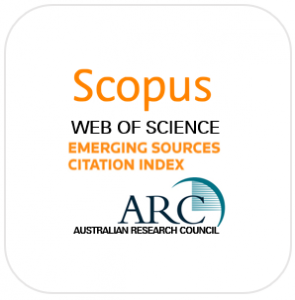ABSTRACT
Throughout the years, linguistic landscape research has emerged as a formidable approach in examining the role of public signs in social life in different communities. From a wider perspective, the study of public signs elucidates the influence of multilingualism on the social life of communities as they are tied to cultural, sociopolitical and even economic ideologies. However, the role of these signs that reflect the sentiments of members of a community after a natural disaster remains understudied. In 2013, Typhoon Yolanda (international name “Haiyan”) struck the Philippines, resulting in numerous deaths and extensive property damage. This paper examines the competing voices of representation through public signs produced by community members affected by Typhoon Haiyan in 2013. The study initially foregrounds the investigation by situating the current beliefs on multilingualism and the apparent need to explore its role in addressing issues brought about by natural calamities. It then proceeds with examining relevant investigations on linguistic landscapes that may be helpful in the present investigation. Through an analysis of photographs of public signs produced after the tragedy, there appears to be two distinct producers of linguistic landscapes: the locals and stakeholders (businesses and government). The signs from these groups each have different characteristics in terms of materials used, placement/location, and communicative function.
DOWNLOAD

